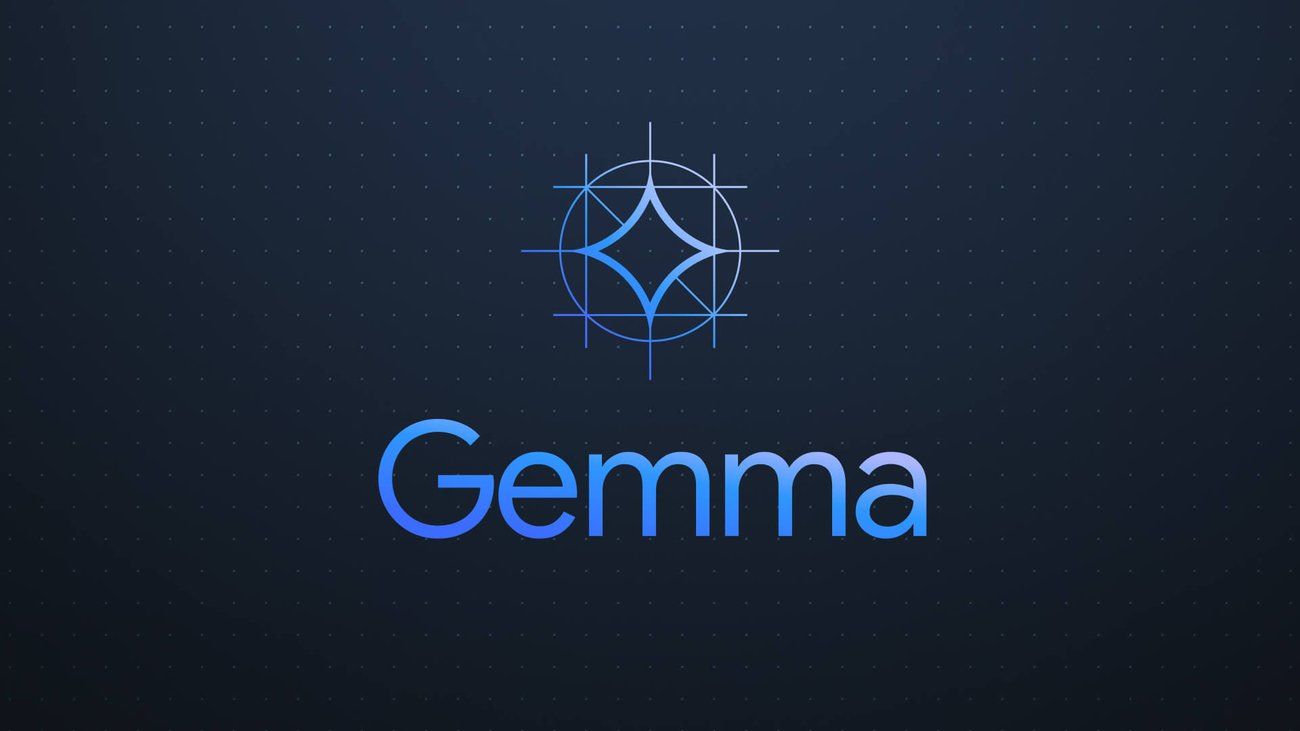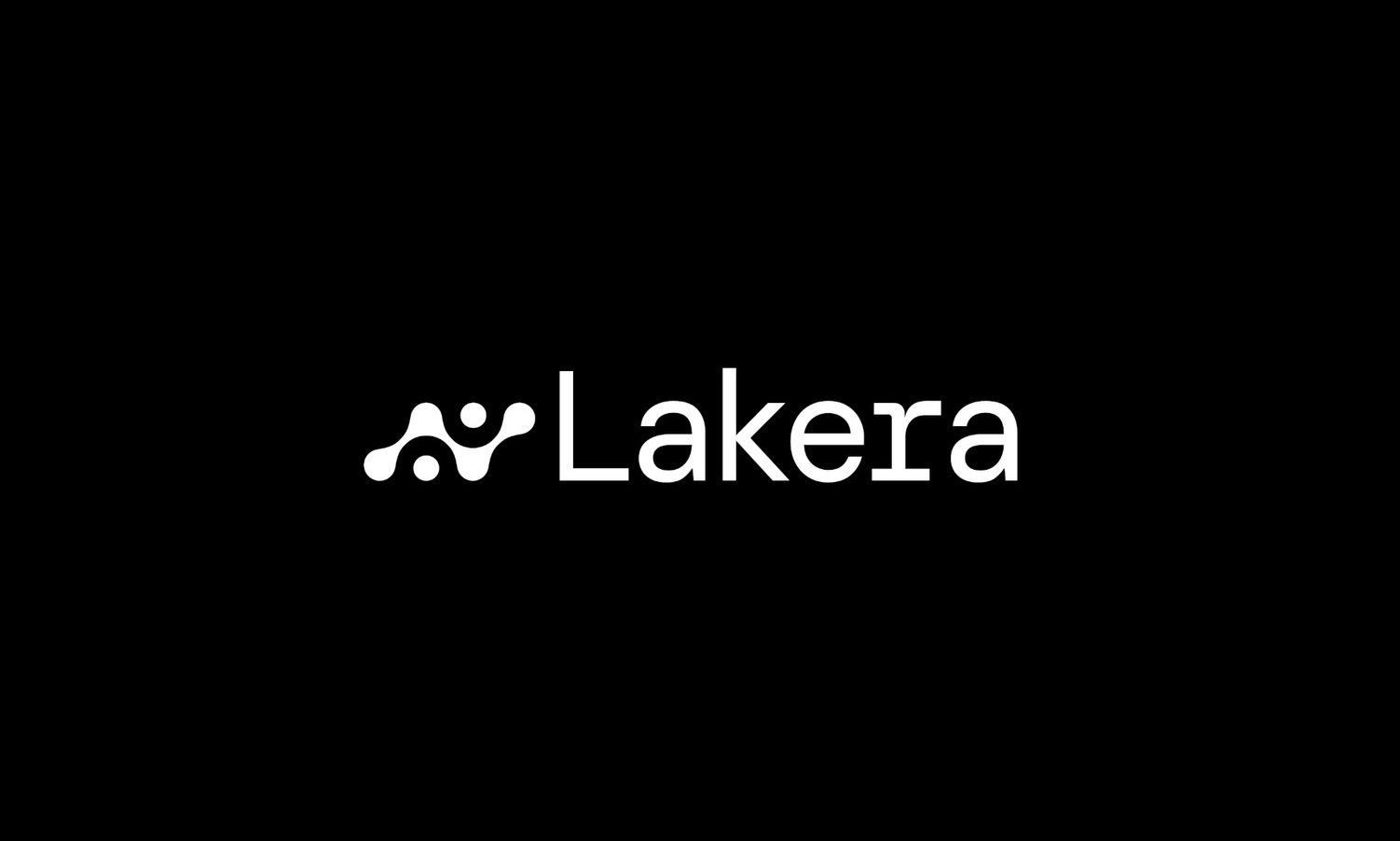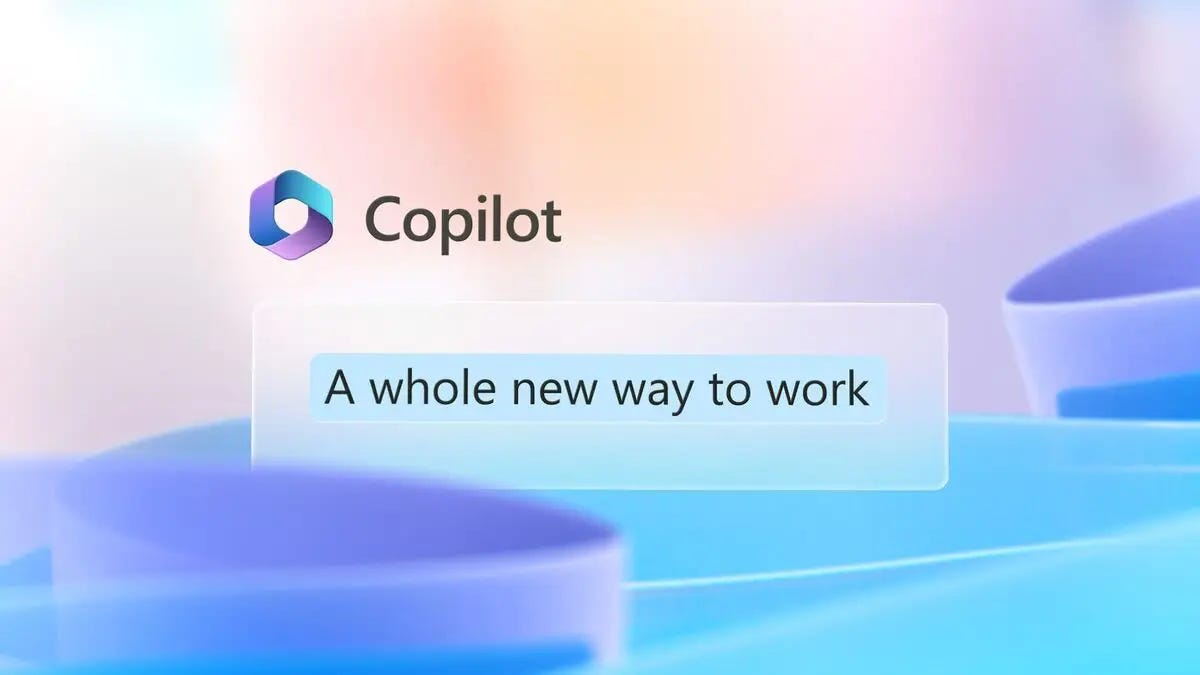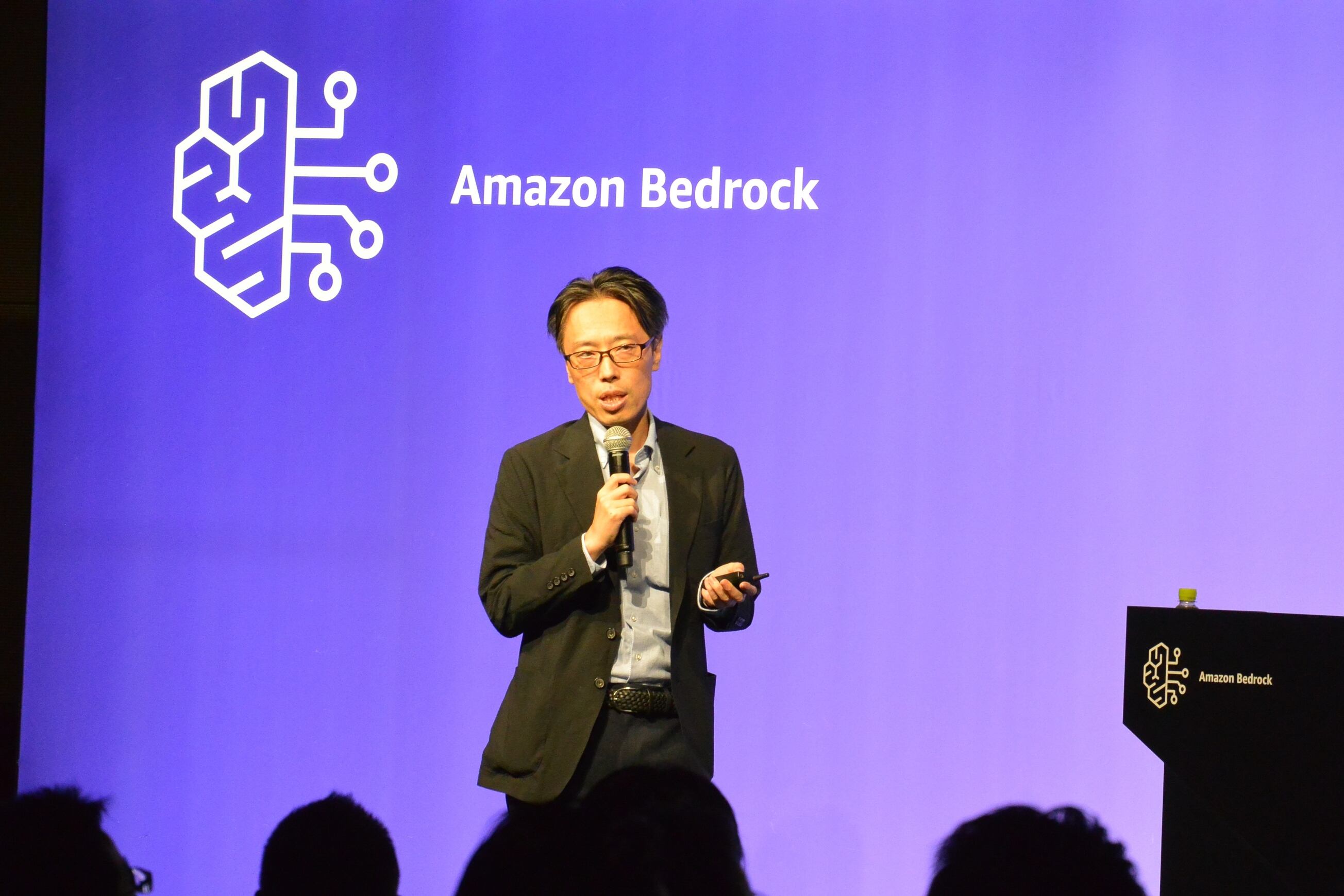Barely a week after launching the latest iteration of its Gemini models, Google today announced the launch of Gemma, a new family of lightweight open-weight models. Starting with Gemma 2B and Gemma 7B, these new models were “inspired by Gemini” and are available for commercial and research usage.
Key Takeaway
Google has launched Gemma, a new family of lightweight open-weight models, including Gemma 2B and Gemma 7B, for commercial and research usage. These models are designed to provide developers with state-of-the-art performance and access to integrations with popular platforms.
Introducing Gemma: The New Open LLM Models
Google has introduced Gemma, a new family of lightweight open-weight models, including Gemma 2B and Gemma 7B. These models are designed for commercial and research usage, and are inspired by the previous Gemini models.
Google did not provide detailed performance comparisons with similar models from competitors such as Meta and Mistral. However, the company emphasized that the Gemma models are “state-of-the-art” and utilize a dense decoder-only architecture, similar to the Gemini and PaLM models. Benchmarks for these models will be available on Hugging Face’s leaderboard.
Access and Integration
Developers can access ready-to-use Colab and Kaggle notebooks, as well as integrations with Hugging Face, MaxText, and Nvidia’s NeMo to get started with Gemma. Once pre-trained and tuned, these models can be deployed across various platforms.
Open Models vs. Open-Source
While Google emphasizes that the Gemma models are open, it’s important to note that they are not open-source. According to Google’s Janine Banks, the company is intentional about how it refers to the Gemma models as “open models,” which allows developers to customize and fine-tune the models, but with specific terms of use.

























